What Can You Do if Your Affiliate Doesn’t Pay You?
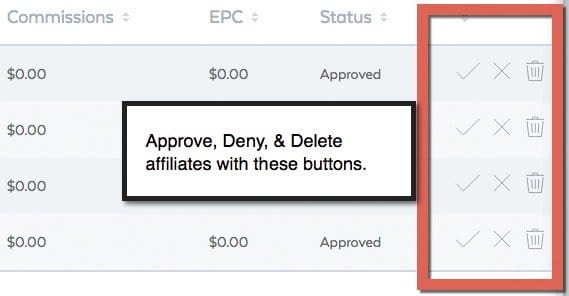
When it comes right down to it, affiliate marketing is pretty simple. You use your platform – a blog, a YouTube channel, whatever – to represent the virtues of a product you believe in, or at least can express that you believe in. When you refer sales to the people who actually sell the product, and they confirm that you referred the sale, they pay you a cut for your successful advertising.
What happens, though, when part of that breaks down? What happens when you do all the work, you refer the sales, and you don’t get paid? It’s a breakdown of the trust necessary for such a relationship, it burns you in your advertising, and in some circumstances it can even be the difference between paying bills or going into the red.
Reasons Why You Might Not Get Paid
There are a lot of different reasons why you might not get paid by your affiliate. Some of them are legitimate, but some of them are sketchy and a few are downright scams.
The first reason is an honest mistake. Sometimes records get misplaced or an email is missed, and a payment doesn’t go out when it should. This is especially prevalent with smaller affiliates that are managing everything by hand, rather than using a third party system to track and validate purchases. This is why you should generally give an affiliate the benefit of the doubt before you go all-in threatening legal action or something else; you could ruin an otherwise good relationship that had one small bump in the road.

The second reason is a glitch in the system. Slightly more common than the above, sometimes software bugs out, emails don’t deliver, tracking code isn’t passed along, or a payment fails and isn’t noticed. It’s an honest mistake that can be corrected right away, so long as the appropriate parties are notified. Now, of course, whether or not this becomes an issue depends on how regularly it happens and how easily it’s fixed.
The third reason has to do with verification of sales. You’re probably tracking the traffic you send along and the sales you can confirm that you referred to your affiliate, either through their system or through your own. If your numbers and theirs don’t match up, you might be using different criteria to determine what is legitimate.
As an example of this, I know of people who have used the Amazon Affiliate program to make some money off of their family buying holiday gifts. The sales are legitimate but since they are referred for one person, and there’s an existing relationship with that person, Amazon cut off their ability to earn from those people. Amazon is amazingly nice about it; they simply flagged the relationship between those two people as not valid for commission, rather than banning the advertiser as some affiliate networks do.
The fourth reason is that you’re exploiting the system. If you’ve been trying to send in purchases that aren’t valid, or traffic if you’re getting paid by the hit rather than the sale, or if you’re making purchases yourself, the sales will be flagged invalid and you won’t be paid. Additionally, if you’re getting people to buy through your link to get you paid, and have them get a refund later, that can be considered exploitation and can jeopardize your affiliate account. Generally, any form of exploitation will result in you not getting paid sooner or later, and in those cases you’re in the wrong and deserve your account removal. Scams like that make it harder on everyone and give affiliate marketing a bad name.

The fifth reason is that the affiliate is overly aggressive with filtering. Every affiliate program has some kind of validation of the purchase, to make sure that they don’t pay out for fraudulent clicks or purchases that result in a chargeback or are made with a stolen card. Sometimes, whatever engine is used to validate sales is tuned a little too strictly and catches valid traffic as well.
In some cases, shady affiliates will do this intentionally. If they get 100 sales but only have to pay out for 95 of them, they’ve saved 5% of their money, and it’s generally a low enough number that it’s ignored. Whether or not you choose to fight this depends on your relationship and how involved you feel like getting.
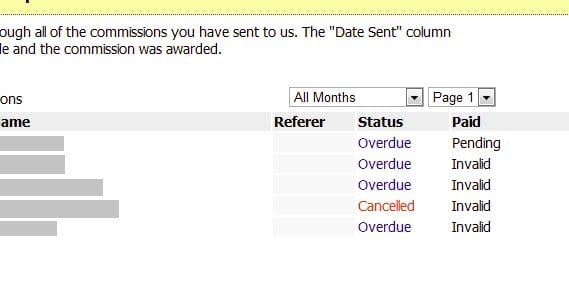
The sixth reason is that the affiliate has folded entirely. If your payments have cut off completely, it’s possible that the business you’re advertising has simply disappeared. Businesses fold all the time, that’s nothing unusual, but it sucks to find out that the one you’re relying on for your living has suddenly gone the way of the dodo.
The final reason is that the affiliate simply cuts off over-performing affiliates to save money. It’s a shady move, but now and then a business will cut off their best performing affiliates because they decide they can’t afford to keep paying them. This is generally the end stage of the life cycle of a high paying affiliate; they pay more than they profit. It’s just a business that deserves to fold anyway, but is taking a long time to do it.
So how should you deal with an affiliate that has stopped paying you? There’s a few steps you can take.
Step 1: Send an Email
The very first thing you should do when you find yourself not getting paid is to send an email to the affiliate who is supposed to be paying you. Often, you can look back to emails you’ve had from them in the past and look for contact information. If you can’t find any specific information for a customer service number in those emails, look on their site. Sooner or later you’re going to find a contact email.
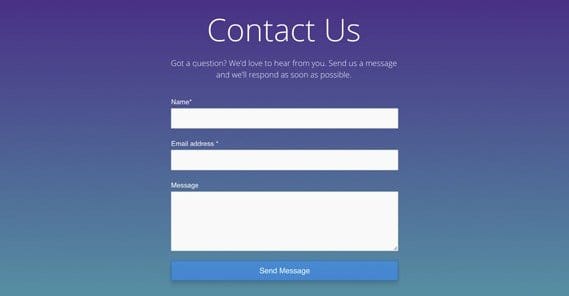
What do you say in the email? Avoid laying blame or accusing anyone of scamming anyone else. You don’t want to start off on the wrong foot, no matter how bad it feels to not get paid. I recommend sending a simple message that presents the proof that you have delivered X number of commissions and have not received payment for them.
Ideally, the affiliate will have a customer service line set up for their marketers and you will be able to get your issues resolved right away. It might turn out that some of your traffic was deemed fraudulent, and you might want to argue your case, or you might not. Either way, you should get your payment, or at least an explanation of why you aren’t going to get paid for the sales you sent across the way.
Unfortunately, sometimes you won’t see a response to your initial email. If it’s been a couple of weeks and you haven’t received a response, you should carry on to the next step.
Step 2: Follow Up Contact
You have a choice to make here. First of all, how much of a payment is being withheld? If you referred 10 sales and only got paid for 8 of them, carry on. If you referred 10 sales and have not been paid for any of them at all, I would strongly consider removing your affiliate links temporarily, until all of this is resolved. I know it sucks to lose even the possibility of that income, but if there’s a chance of your affiliate never paying you again, you really shouldn’t continue sending traffic or sales their way.
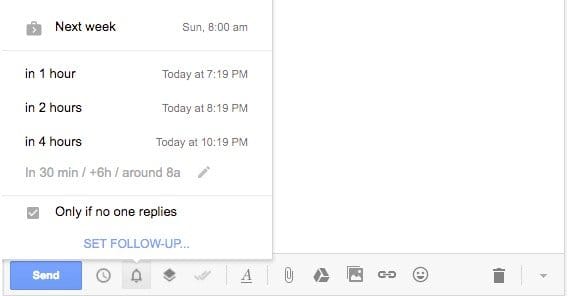
Either way, it’s time to escalate contact. Send another email, and another one every few days after which you don’t receive a response. You don’t want to let this drag on for months; the longer it goes on, the less likely you are to receive payment and the more likely it’s just a giant waste of time. Of course, it’s up to you and your budget how much you want to linger trying to get a bit of money out of one affiliate.
Step 3: Investigate Other Contact Methods
If they still haven’t responded to your emails, look for other ways to contact them. I’ve seen some people have success with calling the offices of the affiliate they’re working with. I’ve also seen some people have success with stalking their account rep or their affiliate on Facebook, Twitter, or other social media.
Social media can be a powerful tool. It’s surprising what you can accomplish with it. Many businesses are paranoid about receiving negative reviews and negative press; talking to a customer service rep might get you a “nothing can be done” response, but posting on Twitter gets them bending over backwards for you.
It’s up to you what other contact methods you want to try and how much you want to try them. At this point, I’d be skeptical about whether or not you’ll end up getting paid. Elise over at House of Brazen had some success with the social media method, but at the same time, you never know if it’s going to happen again and again and whether or not that’s going to be a problem.
Step 4: Determine if Further Action is Worthwhile
At this point, you need to decide if you really want to keep taking action, or if it’s time to drop them and move on.
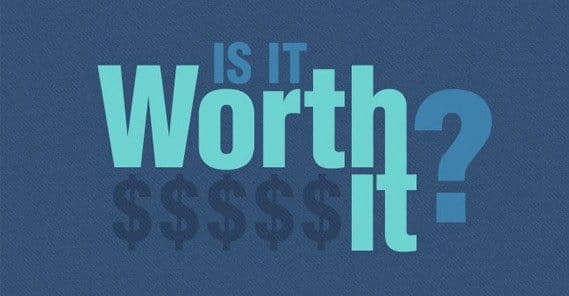
If you have a general blog or an industry blog and can afford to change affiliates, feel free to do so. If I’m writing a blog about knives, I can get knife affiliate links from a hundred different businesses. Dropping one isn’t a problem; I can find the same knife elsewhere, or I can remove my recommendation for the knife and recommend a different one instead.
On the other hand, if you’re making micro-niche sites for individual products, sometimes you won’t be able to replace them. If I was, say, repping Juicero, it isn’t like I can just replace the site with another goofy Internet of Things juicer, so as their business collapses I’m just along for the ride.
If it’s just a couple of commissions but you’re still getting paid for the majority of the traffic you send along, it’s probably fine just dropping it. Some affiliates are known for dropping problematic marketers from their programs, and you don’t want to lose your income just because you wanted that 5% you didn’t get.
If it’s all of your commissions, it seems as though the affiliate has already dropped you, they just didn’t have the cohones to tell you directly and wanted to keep getting traffic from you until you noticed.
If the overall value of the commissions you’re missing is only a few hundred bucks, it’s probably fine to just let it die. It sucks, any amount of lost money is bad, but by the time you’re done fighting it you might have ended up spending so much time it was no longer worthwhile.
On the other hand, if you’re missing thousands or tens of thousands of dollars in commissions – which is entirely possible in some niches and in some seasons – it can be worthwhile to fight. It’s a significant chunk of change, and you don’t want to just let it disappear.
Step 5: Contact the Third Parties Involved
Assuming you’re not just dropping and replacing the affiliate, your next step is to talk to any of the third parties who might be involved. For example, if the offer came through an affiliate network like Commission Junction, you should talk to CJ directly. If the affiliate program was directly through the business, you won’t be able to bring in a third party so easily, but you still have some options. For example, if they’re using a system like AffiliateWP to manage their payments, you might consider contacting them. AffiliateWP – or whoever creates the system used for affiliate management – might be able to put pressure on the brand to pay their marketers.
Step 6: Talk to a Lawyer
If all else fails, well, you can always talk to a lawyer. Depending on the stipulations in the contract, the proof you have of your referred traffic, and the availability of a lawyer, you might be able to sue.
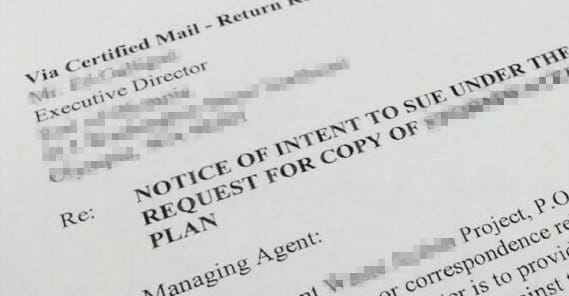
Obviously, suing someone is always a major decision, and I am very much not qualified to give you legal advice. If you go this route, talk to a lawyer directly; most have free consultations and can at least tell you whether or not you stand a chance.
The post What Can You Do if Your Affiliate Doesn’t Pay You? appeared first on Growtraffic Blog.